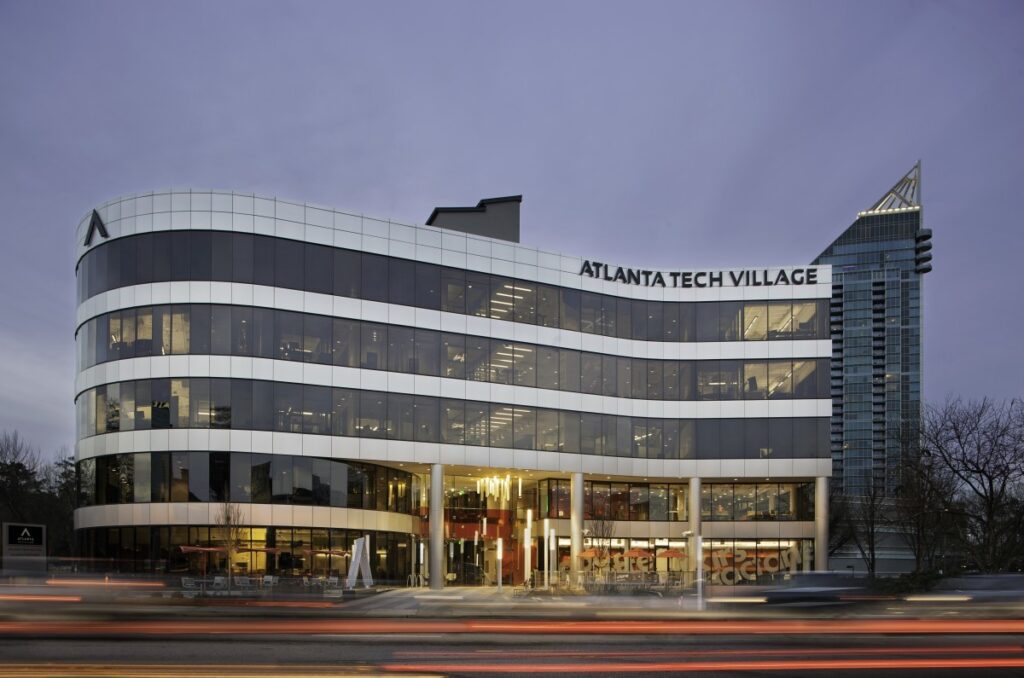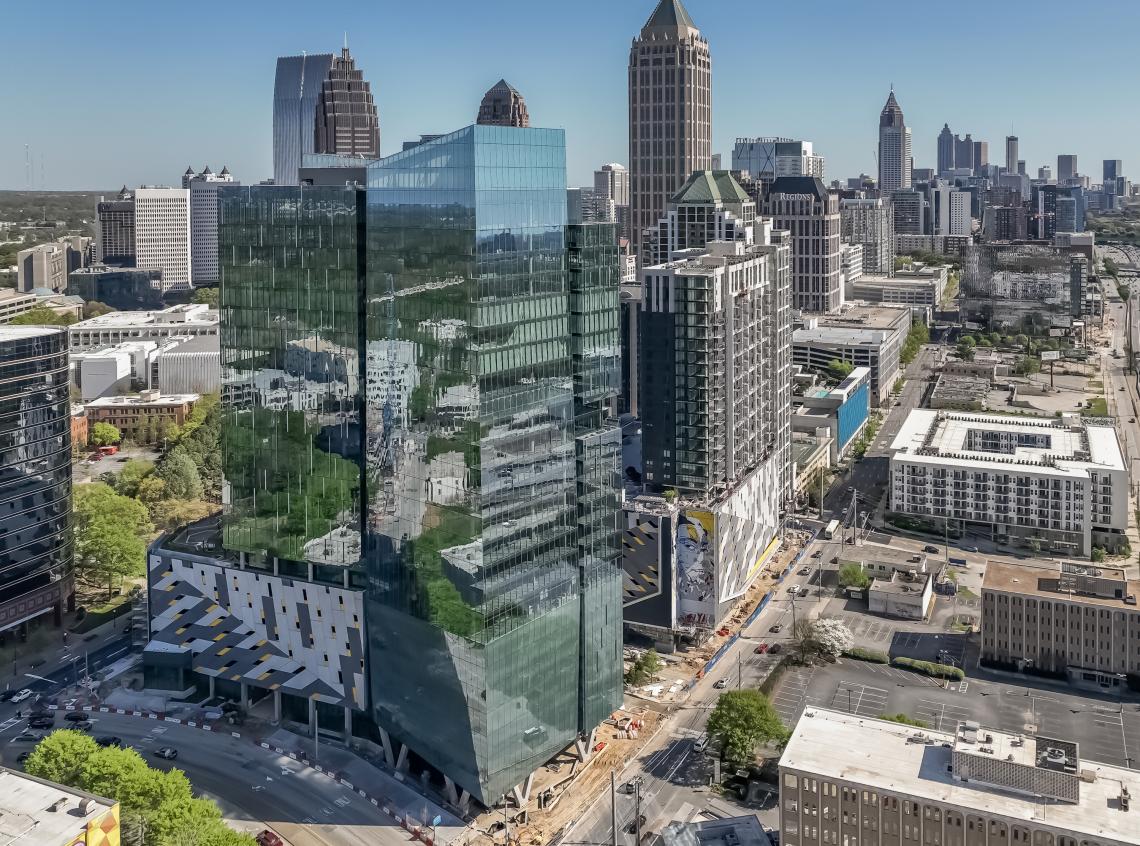Atlanta is growing. But what’s really interesting is that this growth is planned. With an annual expansion rate of 1.5%, nearly double the national average, the city has become one of the country’s most dynamic metropolitan economies. From clean technology and advanced manufacturing to aerospace and software startups, Atlanta’s acceleration is less of a boom and more of a strategy.
That strategy will face its most visible test next summer, when the world arrives for the 2026 FIFA World Cup. For a city that rebuilt itself around connectivity, the event is a statement of what Atlanta has become: a model for sustainable urban growth built through deliberate collaboration between policy, capital, and innovation.
Building a City That Grows on Purpose
“Growth by itself isn’t the story,” says Katie Kirkpatrick, President and CEO of the Metro Atlanta Chamber. “What matters is that Atlanta grows with purpose and remains a place where opportunity keeps pace with expansion.”
That philosophy underpins much of what has set Atlanta apart. The Metro Atlanta Chamber (MAC) represents 29 counties in the nation’s sixth-largest market, where decades of coordinated planning have produced one of the most diversified regional economies in the United States. The Chamber’s efforts reach far beyond recruitment. Under Kirkpatrick, MAC has helped design a policy environment that encourages new business while prioritizing equity and long-term viability.
Her leadership of ATL Action for Racial Equity, a multi-year initiative mobilizing the corporate sector to close racial equity gaps, reflects a belief that inclusivity is an economic advantage. “If Atlanta wants to lead globally, it has to lead inclusively,” she says. “The next generation of companies is choosing cities that reflect their values as much as their ambitions.”
That combination of progressive policy and pro-business infrastructure has yielded measurable results. The region now hosts 33 Fortune 500/1000 headquarters, 200+ Inc. 5000 startups, and 330+ North American and global headquarters, with new entrants each year. Mercedes-Benz, Rivian, and Shriners Children’s have each made major commitments to the region in recent months, citing workforce diversity, cost competitiveness, and access to transport corridors as decisive advantages.
The Startup Layer Beneath the Skyline

No story captures Atlanta’s entrepreneurial transformation better than that of David Cummings. When he founded Atlanta Ventures and created the Atlanta Tech Village in 2012, local startups were largely fragmented. A decade later, the Village has become the fourth-largest tech hub in the United States, home to thousands of entrepreneurs and the birthplace of companies like Calendly, Salesloft, and Mailchimp.
“When we started, there wasn’t a real startup ecosystem,” Cummings says. “Now, founders can go from idea to IPO without ever leaving Atlanta.”
Cummings’ next act, a sweeping redevelopment of South Downtown Atlanta, encompassing 58 historic buildings, may prove even more consequential. Located steps from Mercedes-Benz Stadium, the district’s transformation will merge tech, retail, and culture at the precise moment the world’s attention turns toward the city.
“South Downtown is the next frontier,” he says. “It’s where history and innovation intersect, and it’s the perfect backdrop for the kind of city Atlanta is becoming.”
His projects embody the broader dynamic defining Atlanta today, a feedback loop where civic foresight and private initiative continually reinforce one another.
A City Preparing for the World
Atlanta’s infrastructure remains its greatest advantage. Eighty percent of U.S. metros are within a two-hour flight, and the region ranks #3 in supply-chain growth in North America. That logistical depth, when paired with modern investments in talent and quality of life, is precisely why Atlanta’s growth has proven durable.
The 2026 World Cup is accelerating that trajectory. Preparations include upgrades to the MARTA Five Points Station and new hospitality corridors at Centennial Olympic Park. To Kirkpatrick, the event is an opportunity to demonstrate the city’s evolution. “The World Cup will give Atlanta a global stage,” she says. “It’s a chance to show what it means to grow responsibly, balancing ambition with inclusion.”
Growth, Designed to Last
Atlanta’s rise doesn’t resemble the explosive cycles that have defined other Sun Belt cities. It’s steadier, more deliberate. It’s the product of civic design rather than speculation. The collaboration between the Metro Atlanta Chamber and builders like Atlanta Ventures reflects an understanding that sustainable urban growth depends as much on shared vision as on capital.
For Kirkpatrick and Cummings, that vision centers on continuity: ensuring the momentum that brought Atlanta to this moment continues long after the spotlight fades.
As the world arrives next summer, Atlanta’s experiment in sustainable prosperity will be on full display, as a city that has made growth not an accident of timing, but an intentional outcome.








